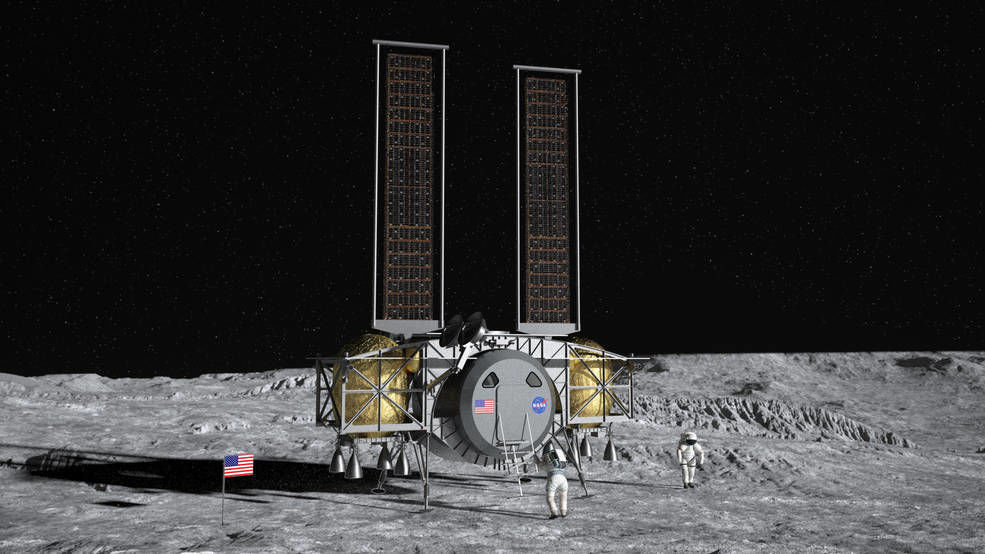Technology developed by a Tucson company could land on the moon as NASA looks to resume manned lunar missions by 2024.
Tucson-based Paragon Space Development Corp. will supply systems to keep astronauts alive and well on the moon as part of a team led by Dynetics Inc. vying to develop NASA’s next manned moon lander.
The space agency on Thursday said it was awarding contracts totaling $967 million to Dynetics, Blue Origin and SpaceX as prime contractors for NASA’s Artemis Human Landing System.
NASA said it will choose a vehicle made by one of the three companies to land the first woman and next man on the surface of the moon by 2024.
Paragon, which has developed systems for human flight programs for NASA since 1999, will design and make the Environmental Control and Life Support System for Dynetics’ proposed Artemis lander.
Dynetics, a subsidiary of Virginia-based Leidos based in Huntsville, Alabama, has assembled a team of about 25 companies as development partners on the program, including major space players like Sierra Nevada Corp., United Launch Alliance, L3Harris Technologies and smaller companies like Paragon.
“We are beyond honored and excited to not only have been part of the team awarded with this important work for NASA, but are greatly looking forward to supporting and working with this outstanding group of technology developers, scientists, engineers and integrators,” Grant Anderson, president and CEO of Paragon, said in prepared remarks.
Under the 10-month Artemis development contracts announced by NASA, Blue Origin’s “National Team” including Lockheed Martin and Northrop Grumman was awarded $579 million, Dynetics was awarded $253 million and Elon Musk’s SpaceX was awarded $135 million.
Teams led by Boeing and Vivace also had been in the running for the lander development phase.
Dynetics’ Human Landing System concept features a reusable lander, with multiple booster rockets pre-positioned to fuel the engines at different points in the mission.
After the surface expedition, the entire vehicle will return for crew transfer back to an Orion exploration vehicle, according to NASA.
Dynetics said its lander system could be launched on NASA’s Space Launch System, which is still under development, or United Launch Alliance’s Vulcan Centaur rocket.
Blue Origin is offering a three-stage lander design with descent, ascent and transfer modules, while SpaceX is pitching a fully reusable system with its Starship spacecraft and Super Heavy rocket.
NASA has requested $3.3 billion in fiscal 2021 for development of human moon landers and has estimated the effort to return humans to the moon will cost $35 billion.





